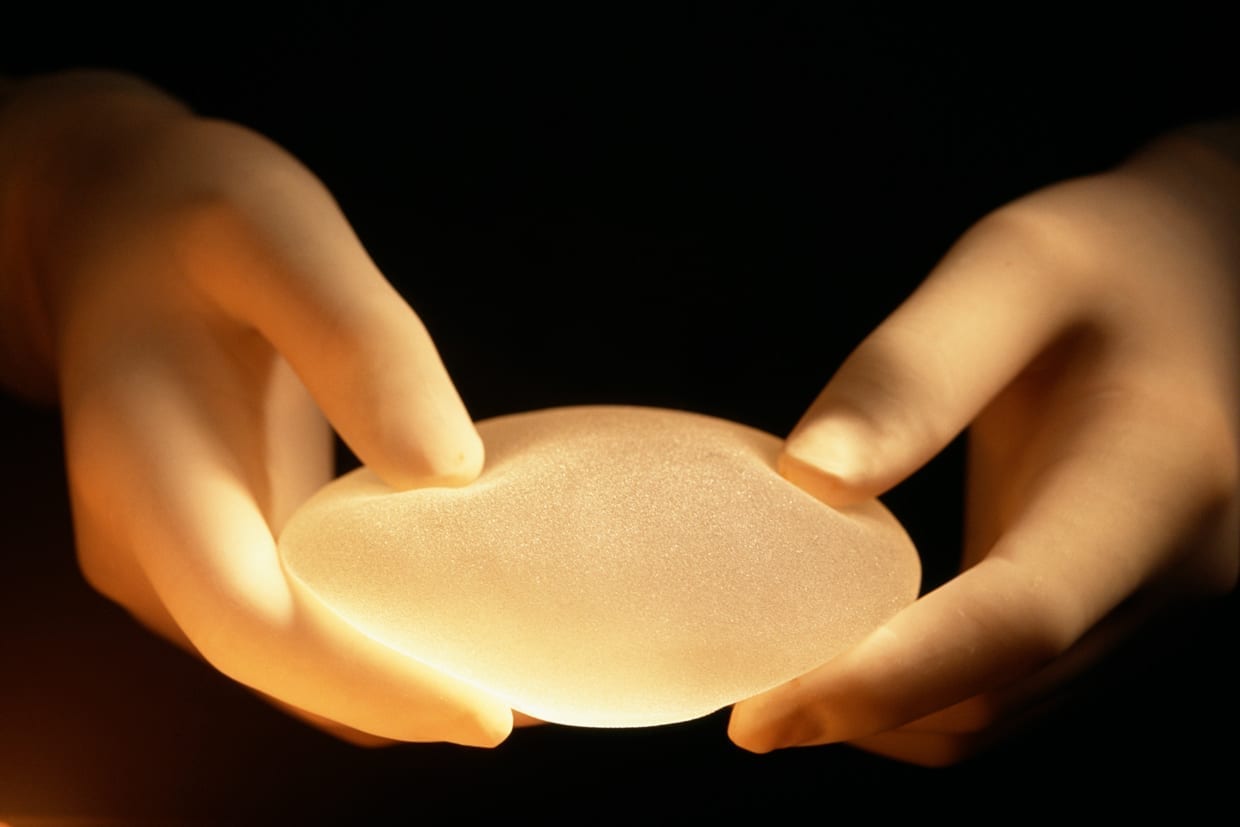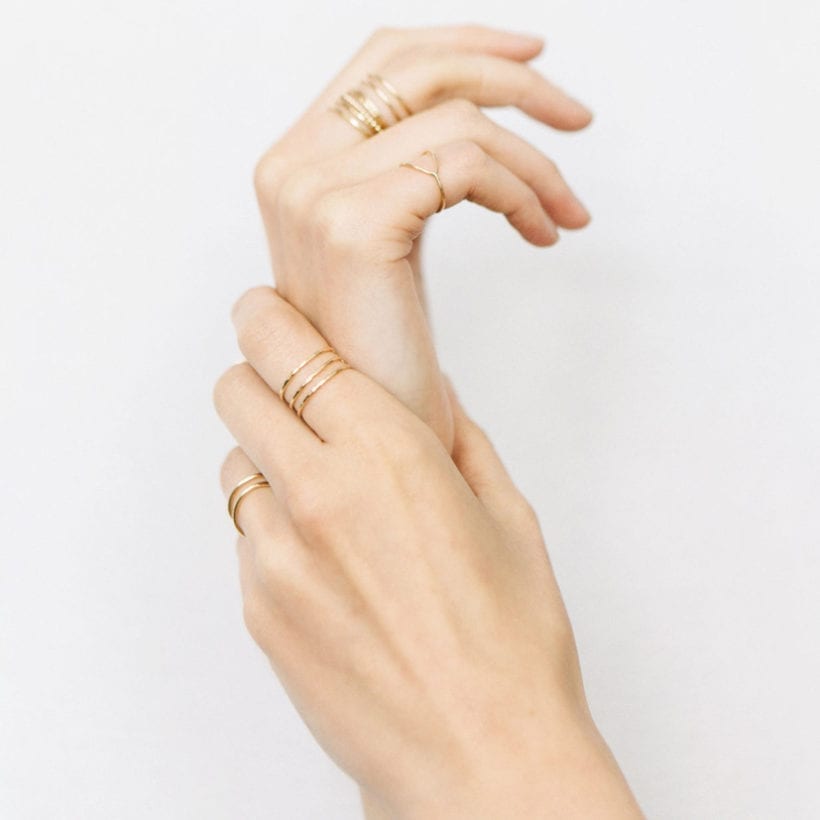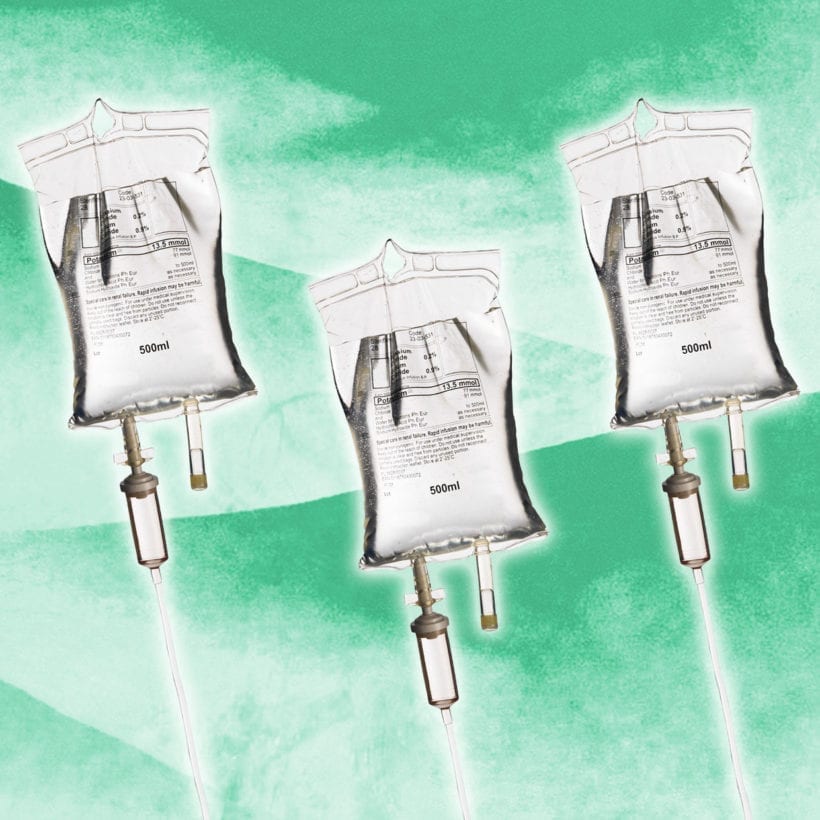On April 5, France became the first country to ban textured breast implants linked to a rare form of non-Hodgkin’s lymphoma.
And while the U.S. Food and Drug Administration (FDA) has released its own findings on the relationship between textured breast implants and breast implant-associated anaplastic large cell lymphoma (BIA-ALCL) — cancer affects the immune system — it is not a move as final as France’s ban.
Instead, “the FDA is carefully looking into the issue by demanding more carefully controlled studies and more follow up of implant patients,” says John Burns Jr, M.D., a Dallas-based plastic surgeon. In fact, he points out that the FDA issued warning letters to two implant manufacturers (Mentor Worldwide LLC of Irvine, California, and Sientra, Inc. of Santa Barbara, California) due to their lack of implant safety studies.
Perhaps the difference in action is due to statistics: Europe uses more textured implants than America. A 2017 study proves this difference, stating that in the U.S. 87 percent of implants were smooth and 13 percent were textured, whereas over 90 percent of European implants were textured.
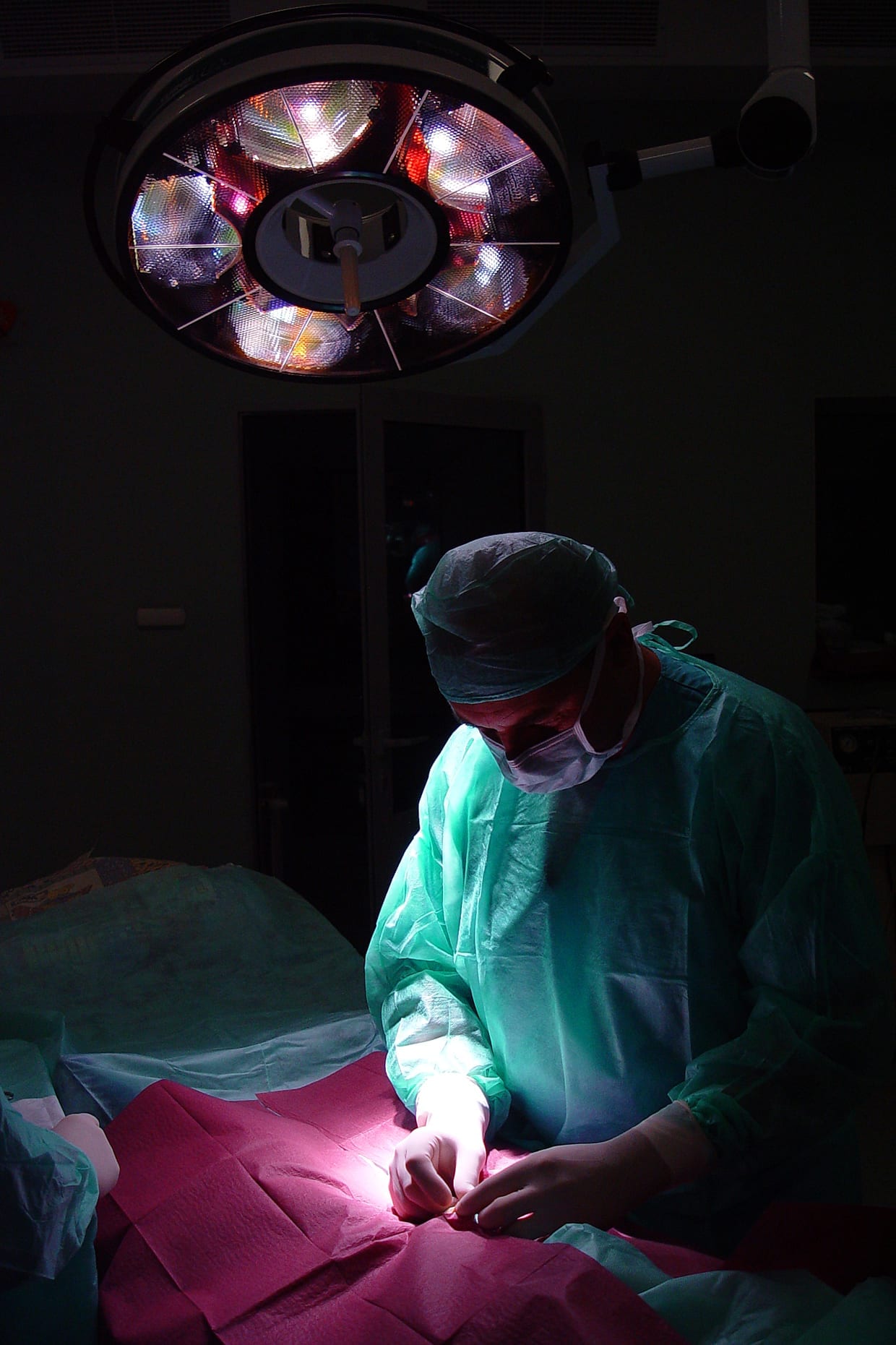
This is, of course, not the first implant-related ban. “Silicone implants were on hold, or on a ban, by the FDA from 1992-2007. The accusation, which was a class-action lawsuit — that originated by John O’Quinn out of Houston — was that breast implants caused autoimmune diseases,” says Bonnie Baldwin, M.D., a plastic surgeon based in Houston. Like we have BIA-ALCL now, this was called Breast Implant Illness, says Burns. But there was not enough proof. “If you [took] 1,000 women with implants and 1,000 women without, the same number of women got an autoimmune disease,” Baldwin explains.
But this time around, there is proof. Textured implants (both saline and silicone) have been linked to BIA-ALCL. First reported in 2011, there have now been 457 cases of BIA-ALCL, with nine deaths, according to the FDA.
And while BIA-ALCL can occur in the breast, this is not breast cancer.
“It is interesting that the breast implant-associated anaplastic large cell lymphoma is not breast cancer. It’s a cancer of the capsule [scar tissue] surrounding the implant,” says Baldwin. “This same kind of typical lymphoma can be found around dental implants and other medical prosthetic implants.”
But 2011 was not the first instance of the disease. “It’s actually been [around] since the late 1990s,” says Baldwin. “In 1997, a few physicians and pathologists saw a patient that developed fluid around their implant, and then developed lymphoma. So, it’s basically since the late ’90s that it’s been identified as a process. In 2011, the FDA first sent out a warning, or an alert, and was the first agency in the world to recognize that this is a breast implant-associated illness.”
So why is the concern only coming to light now? First, Baldwin says it has to do with the extremely small number of cases. “Given how few number of patients worldwide [have BIA-ALCL], it takes someone to recognize the process, then to communicate it and then for the whole world to be communicating with each other,” says Baldwin. The other possibility? It can take up to 10 years post-surgery to present itself.
“Textured implants have a rough surface that could potentially harbor bacteria, which can lead to worsening of the implant capsule,” says Burns. And according to Baldwin, the thought process is that the textured implant rubs, causing chronic irritation. “That is irritating the immune system and causing the T-lymphocytes to overpopulate and mutate,” she adds.
While BIA-ALCL can occur in the breast, this is not breast cancer.
Considering both smooth and textured implants exist, why would a patient elect the textured one? Simply, it leads to a more natural look. “Textured implants adhere to the tissue and thus don’t move around as much. In theory, they stay in place better meaning that they [don’t] migrate to unwanted locations such as the lateral breast or below the breast (bottoming out),” says Burns. Whereas round implants are meant to move around.
“There are a group of patients that feel like [textured implants] give them a more natural result. In countries outside of the United States — Canada, France, England, South America — they use these implants even more than in the United States,” says Baldwin, who uses textured mainly for breast cancer patients that require reconstruction (textured implants have a teardrop configuration and can provide shape).
But just because France has issued a ban, they are not requiring implant removal. And this, Baldwin says, is important. “That’s what you don’t want to have happened, you don’t want all of a sudden these women panicking to have their implants removed. You want them to be educated that if they get a sudden fluid collection, to go to their plastic surgeon,” she says.
So, let’s get informed: What are the symptoms? We now know that BIA-ALCL occurs in the scar tissue surrounding the breast implant — also known as the capsule — but there is one major symptom both Baldwin and Burns point out: fluid buildup. “It presents as a seroma or a big fluid buildup around the implant. It would be over a few days, or a week, all of a sudden one breast would get twice as big as the other,” says Baldwin. As a cold fluid collection, there will not be an infection, just an increase in size. “The belief is that this T-cell lymphoma causes the blood vessels to be leaky, and so the first response is to dump fluid into that pocket. So, that’s actually a great thing because that’s a very visible sign that there’s an issue,” she adds.
Once the seroma is discovered, the next step is to visit a physician, where there may be magnetic resonance imaging (MRI) to evaluate the fluid. From there, the fluid is tested for CD30, which is required to rule for or against a diagnosis of BIA-ALCL. If a BIA-ALCL diagnosis is confirmed, there is “surgical removal of the entire capsule,” says Burns. “Most agree it should be done ‘en bloc,’ meaning that the capsule and the implant are removed in one single piece to ensure complete removal.” And, according to Baldwin, if there is no metastatic tumor (and just fluid), the patient can elect to have a new implant put in. But if the BIA-ALCL has spread outside of the capsule, the patient may need chemotherapy. The survival rate is 89 percent at five years.
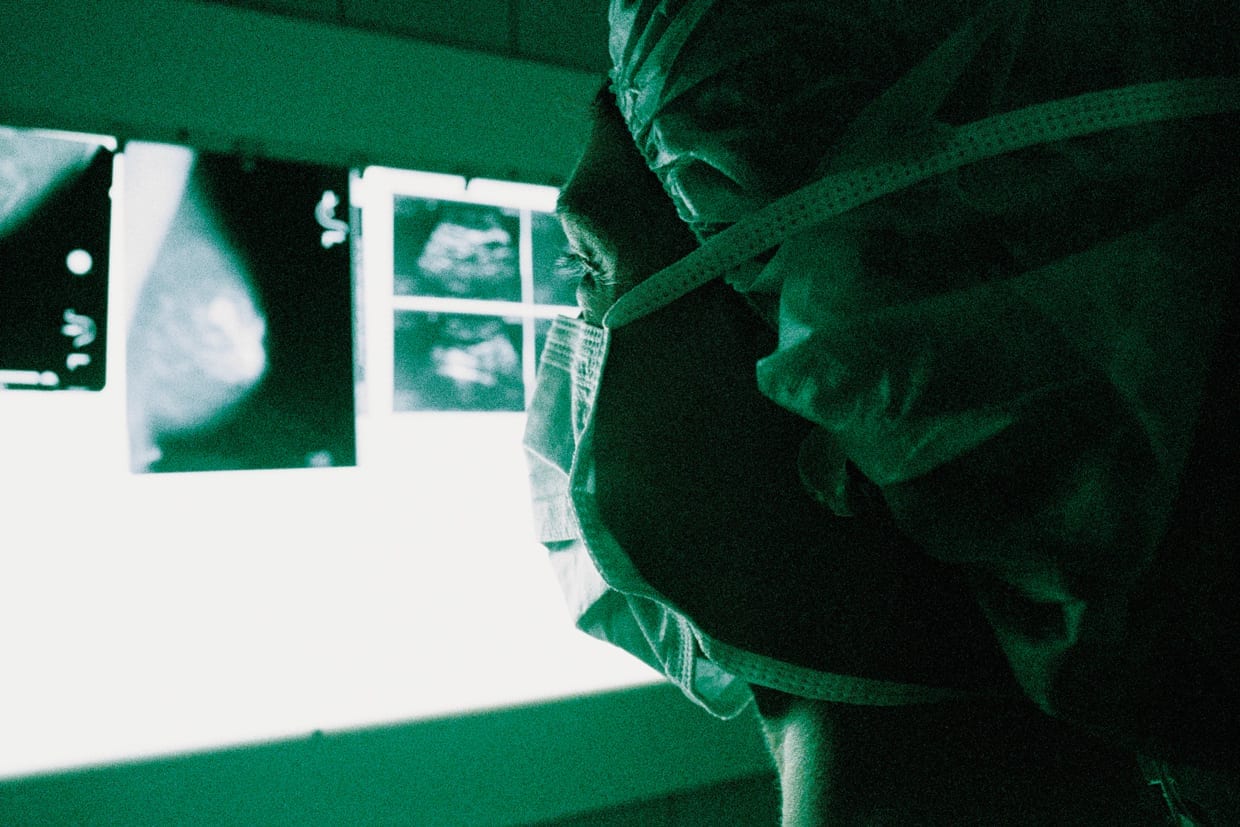
All of this leads to the question: Should the FDA do more? In 2018, more than 300,000 breast augmentation surgeries were performed in the U.S., according to the American Society of Plastic Surgeons. But in America, textured implants are not banned. Instead, the FDA has provided a list of recommendations. “This is an extremely rare cancer: 1:30,000. With the number of women having textured implants, it is important to educate and avoid unnecessary surgery, which carries its own risks. Patient and physician education to screen for higher-risk patients seems to be more prudent,” says Burns.
Baldwin agrees, concluding that the FDA is in the clear: “I think it’s reasonable to have more information before banning the implant.” That being said, she does foresee patient choices changing. “I think just naturally, as women hear about it in the news, they are going to make a choice to use a smooth implant and not a textured implant,” says Baldwin. “I just don’t know why the population [wouldn’t] choose to move away from the textured implant.”
